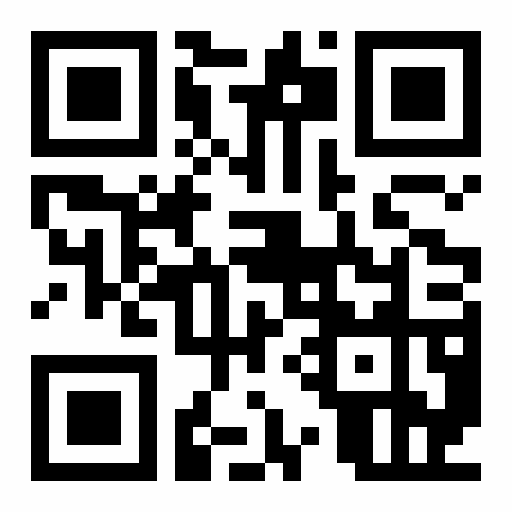
Applied Science Letters


The goal of the present investigation was to evaluate the antinociceptive activity and acute toxicity of P. atlantica fruit extract in mice. Totally 104 NMRI mice were used in this study. The acute toxicity was evaluated for 2 days. Antinociceptive activity was performed using hot plate, tail-flick, and rotarod test. The LD50 values of the P. atlantica fruit extract 1.66 g/kg and the maximum non-fatal doses were 0.93 g/kg. The results revealed that in hot plate and tail-flick tests, P. atlantica fruit extract at the doses of 50, 150 and 350 mg/kg had an analgesic effect as dose-dependent, 30 minutes after administration; so that there was a significant difference between the groups receiving saline and the extract (p<0.05). The findings also showed that no significant (p>0.05) changes were observed with injecting P. atlantica fruit extract at the doses of 50, 150 and 350 mg / kg in sensory motor test. The results of the current investigation demonstrated the robust antinociceptive activity of P. atlantica fruit extract in mice. However, the exact mechanisms accountable for the pharmacologoical activities remain to be investigated.
Lamont LA, Tranquilli WJ, Grimm KA. Physiology of pain. Vet Clin North Am Small Anim Pract. 2000; 30:703–28.
Kidd BL, Urban LA. Mechanisms of inflammatory pain. Br J Anaesth. 2001; 87:3–11.
Stankov SV. Definition of inflammation, causes of inflammation and possible anti-inflammatory strategies. Open Inflamm J. 2012; 5:1–9.
Sycha T, Anzenhofer S, Lehr S, Schmetterer L, Chizh B, Eichler HG, et al. Rofecoxib attenuates both primary and secondary inflammatory hyperalgesia: A randomized, double blinded, placebo controlled crossover trial in the UV-B pain model. Pain. 2005; 113:316–22.
Adedapo AA, Aremu OJ, Oyagbemi AA. Anti-oxidant, anti-inflammatory and antinociceptive properties of the acetone leaf extract of Vernonia amygdalina in some laboratory animals. Adv Pharm Bull. 2014;4(Suppl2):591–8.
Mozaffarian V. Trees and Shrubs of Iran. 1st ed. Tehran, Iran: Farhang Moaser; 2005.
Bozorgi M, Memariani Z, Mobli M, Salehi Surmaghi MH, Shams-Ardekani MR, Rahimi R. Five Pistacia species (P. vera, P. atlantica, P. terebinthus, P. khinjuk, and P. lentiscus): a review of their traditional uses, phytochemistry, and pharmacology. Scientific World J. 2013; 2013:1-33.
Mahmoudvand H, Asadi A, Harandi MF, Sharififar F, Jahanbakhsh S, Dezaki ES. In vitro lethal effects of various extracts of Nigella sativa seed on hydatid cyst protoscoleces. Iran J Basic Med Sci. 2014;
(12):1001-6.
Adams RP. Identification of essential oil components by gas chromatography/mass spectrometry. 4th ed. Illinois, USA: Allured Publishing Corporation; 2004.
Hosseinzadeh H, Haddadkhodaparast MH, Arash AR. Antinociceptive, antiinflammatory and acute toxicity effects of Salvia leriifolia benth. Seed extract in mice and rats. Phytother Res. 2003; 17:422e425.
Stepanovic-Petrovic RM, Tomic MA, Vuckovic SM, Paranos S, Ugresic ND, Prostran MS, Milovanovic S, Boskovic B.The antinociceptive effects of anticonvulsants in a mouse visceral pain model. Anesth Analg. 2008 Jun;106(6):1897-903. doi: 10.1213/ane.0b013e318172b993.
Jage J. Opioid tolerance and dependence. Do they matter? European Journal of Pain 2005; 9, 157–62.
Hosseinzadeh H, Ramezani M, Salmani G. Antinociceptive, anti-inflammatory and acute toxicity effects of Zataria multiflora Boiss extracts in mice and rats. J. Ethnopharmacol. 2000; 73:379–85. [PubMed]
Hosseinzadeh H, Younesi HM. Antinociceptive and anti-inflammatory effects of Crocus sativus L stigma and petal extracts in mice. BMC Pharmacol. 2002;2
Hosseinzadeh H, Ramezani M, Fadishei M, Mahmoudi M. Antinociceptive, anti-inflammatory and acute toxicity effects of Zhumeria majdae extracts in mice and rats.Phytomedicine. 2002; 9:135–41.
Ramezani M, Hosseinzadeh H, Daneshmand N. Antinociceptive effect of Elaeagnus angustifolia fruit seeds in mice. Fitoterapia. 2001; 72:255–62.
Abbasian A, Naseri M, Masoud A. Anti-inflammatory effects of Urtica pilulifera l seeds extracts in the rat. Iranian J. Pharm. Res. 2004; Supple 2:49–49.
Hajhashemi V, Ghannadi A, Hajiloo M. Analgesic and anti-inflammatory effects of Rosa damascena hydroalcoholic extract and its essential oil in animal models. Iranian J. Pharm. Res. 2010; 2:163–168.
Hosseinzadeh H, Behravan E, Soleimani MM. Antinociceptive and Anti-inflammatory Effects of Pistacia vera Leaf Extract in Mice. Iran J Pharm Res. 2011; 10(4): 821–828.
Peana AT, D’Aquila PS, Chessa ML, Moretti MD, Serra G, Pippia P. (-)-Linalool produces antinociception in two experimental models of pain. Eur J Pharmacol. 2003;460(1):37–41.
Chavan MJ, Wakte PS, Shinde DB. Analgesic and anti-inflammatory activity of Caryophyllene oxide from Annona squamosa L. bark. Phytomedicine. 2009;17(2):149–151.
Rao VSN, Menezes AMS, Viana GSB. Effect of myrcene on nociception in mice. Journal of pharmacy and pharmacology 42.12 (1990): 877-878.
Loomis TA. Essential of toxicology. Philadelphia: Lea and Febiger; 1968.
